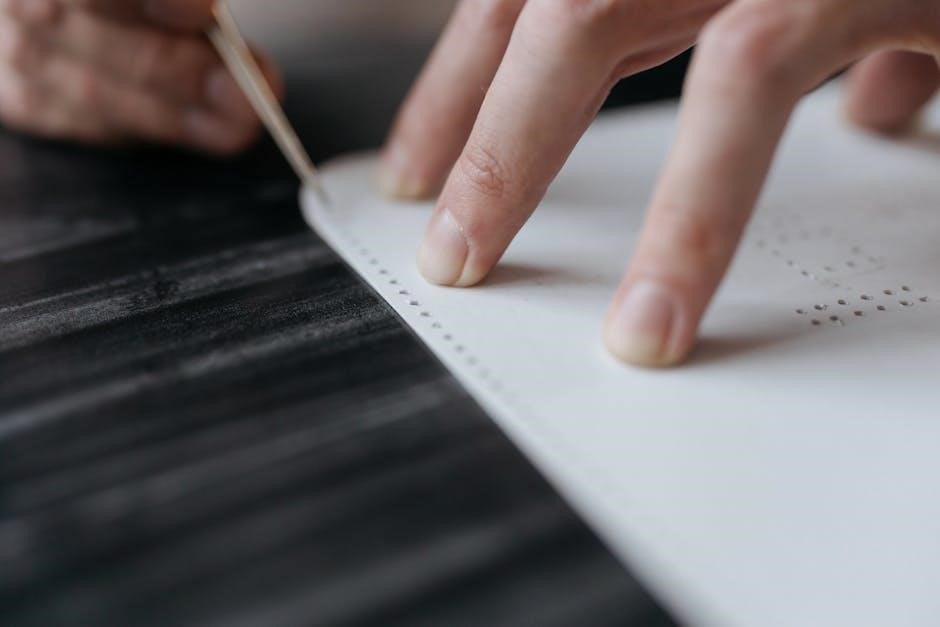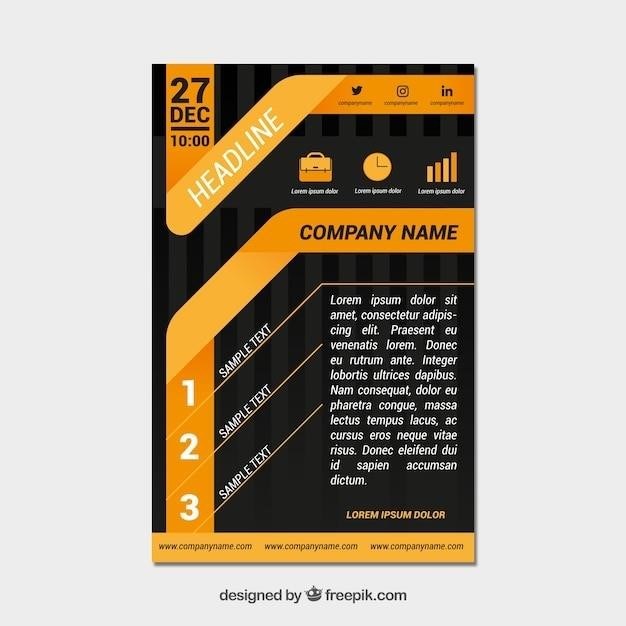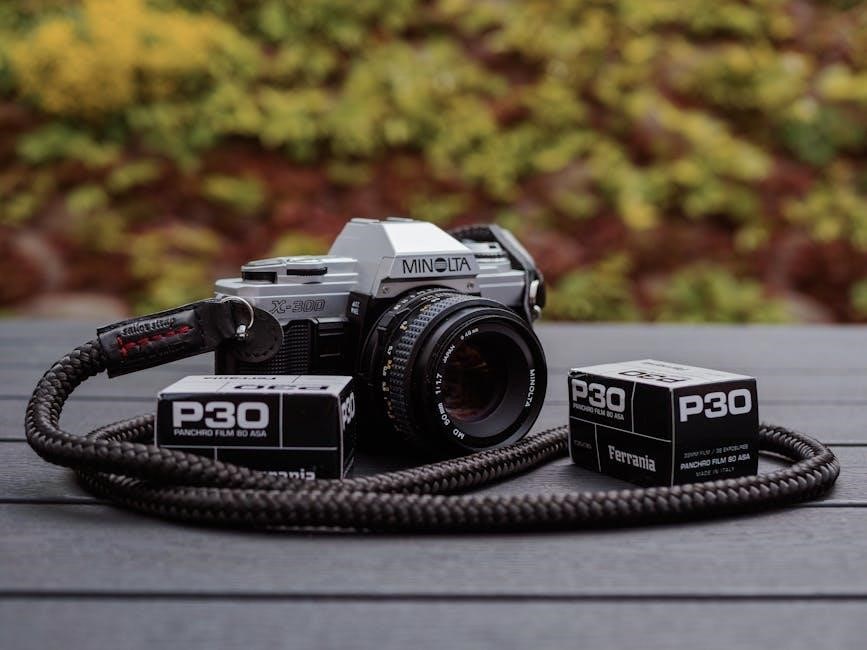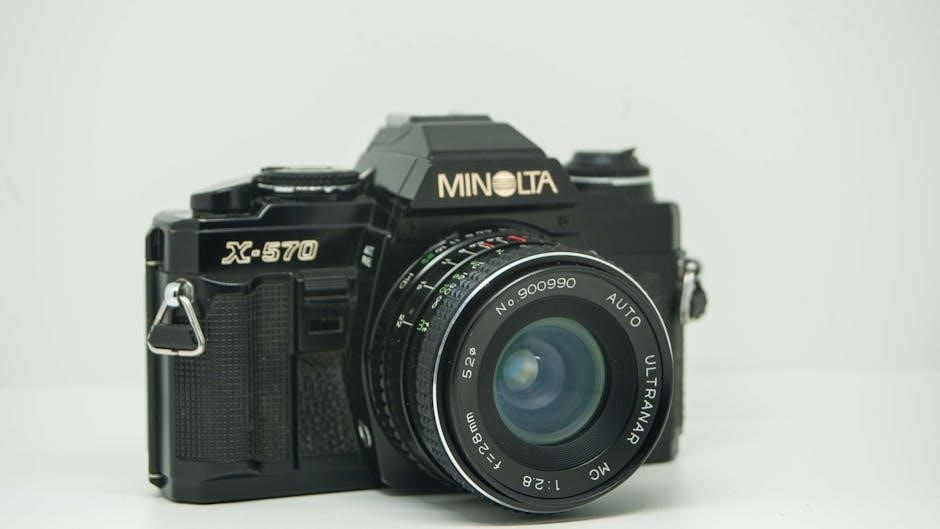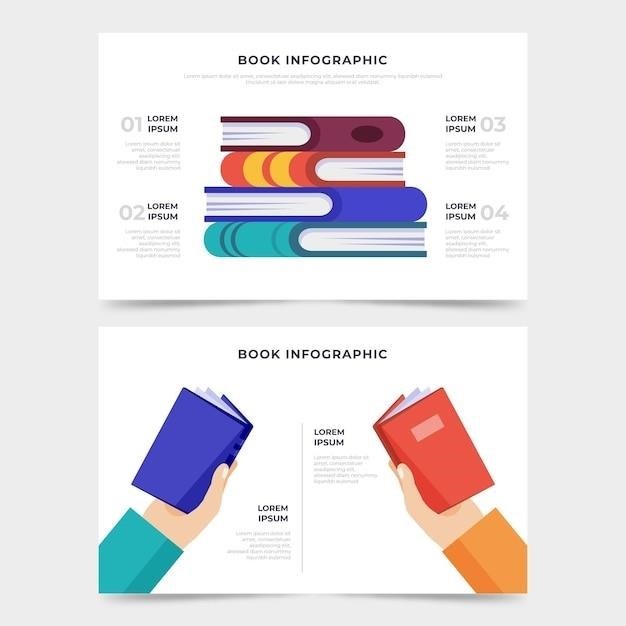classical mechanics by taylor pdf
John R. Taylor’s “Classical Mechanics”⁚ A Comprehensive Overview
John R. Taylor’s “Classical Mechanics” is a widely acclaimed textbook that provides a comprehensive and accessible introduction to the fundamental principles of classical mechanics. It is highly regarded for its clarity, thoroughness, and engaging writing style, making it an excellent resource for undergraduate physics students.
Introduction
John R. Taylor’s “Classical Mechanics” stands as a cornerstone text in the field, offering a robust and engaging exploration of the fundamental principles governing the motion of objects. The book’s genesis lies in the author’s desire to create a text that not only imparts a solid understanding of the subject but also fosters a deep appreciation for its elegance and power. Taylor’s extensive experience as a physics educator is evident throughout the text, as he skillfully balances theoretical rigor with pedagogical clarity. His approach is designed to empower students with the tools necessary to tackle complex problems in classical mechanics, while simultaneously nurturing a genuine fascination with the subject.
The textbook’s primary audience comprises students pursuing introductory physics courses at the undergraduate level. However, its comprehensive nature and insightful explanations make it valuable for anyone seeking a thorough grounding in classical mechanics, including graduate students, researchers, and self-learners. “Classical Mechanics” delves into the core concepts of the subject, providing a firm foundation for subsequent studies in more advanced areas of physics, such as electromagnetism, quantum mechanics, and relativity.
Key Features of the Textbook
John R. Taylor’s “Classical Mechanics” distinguishes itself through a collection of key features that contribute to its effectiveness as a teaching tool and its enduring popularity among students and instructors. One of the most notable aspects is its emphasis on clarity and accessibility. Taylor’s writing style is exceptionally lucid, making complex concepts readily comprehensible to students with a basic understanding of calculus and introductory physics. He avoids unnecessary jargon and employs a wealth of illustrative examples to solidify the theoretical foundations.
Another hallmark of the textbook is its comprehensive coverage of the subject matter. It delves into a wide range of topics, from the fundamental laws of motion and conservation principles to more advanced concepts like Lagrangian and Hamiltonian mechanics, rotational motion, and oscillations. The text’s meticulous organization and logical flow ensure that students grasp the interconnectedness of these concepts and develop a holistic understanding of classical mechanics.
Furthermore, “Classical Mechanics” is renowned for its wealth of illustrative examples, solved problems, and exercises. These elements provide students with ample opportunities to apply the theoretical knowledge they gain and develop their problem-solving skills. The book also features a comprehensive index, a glossary of terms, and numerous figures and diagrams, all of which enhance its pedagogical value.
Scope of Classical Mechanics
John R. Taylor’s “Classical Mechanics” delves into the foundational principles that govern the motion of objects in the macroscopic world. Classical mechanics, as the name suggests, deals with objects that are not extremely massive and move at speeds significantly less than the speed of light. This branch of physics finds its roots in Isaac Newton’s laws of motion, which form the bedrock of the subject. The textbook explores these laws in detail, laying out the fundamental concepts of force, mass, momentum, and energy.
Beyond Newton’s laws, “Classical Mechanics” encompasses a broader spectrum of concepts that are essential for understanding the dynamics of objects in various contexts. These include work and energy, conservation laws, rotational motion, oscillations, and the principles of Lagrangian and Hamiltonian mechanics. The book also delves into the mathematical tools that are indispensable for analyzing and solving problems in classical mechanics, such as calculus, vectors, and differential equations.
While classical mechanics provides a robust framework for understanding the behavior of objects at everyday scales, its limitations become apparent when dealing with objects of atomic or subatomic dimensions. For those realms, quantum mechanics provides a more accurate and comprehensive description. Nevertheless, classical mechanics remains an essential foundation for understanding a wide range of physical phenomena and serves as a stepping stone for more advanced topics in physics.
Applications of Classical Mechanics
The principles and concepts outlined in John R. Taylor’s “Classical Mechanics” have far-reaching applications across various scientific and engineering disciplines. This fundamental branch of physics provides the theoretical framework for understanding and predicting the motion of objects in a wide range of scenarios, from everyday experiences to complex engineering systems.
In engineering, classical mechanics is indispensable for designing and analyzing structures, machines, and vehicles. Concepts like force, momentum, and energy are crucial for ensuring the stability, efficiency, and safety of bridges, buildings, engines, and aircraft. For instance, understanding the principles of rotational motion is vital for designing gears, turbines, and other rotating machinery. Similarly, the study of oscillations helps in designing and analyzing systems like pendulums, springs, and shock absorbers.
Beyond engineering, classical mechanics finds applications in fields like astronomy, where it is used to model the motion of planets, stars, and galaxies. It also plays a crucial role in understanding the dynamics of fluids, which is essential for fields like meteorology and oceanography. Furthermore, classical mechanics provides a foundation for understanding the behavior of particles in accelerators and other high-energy physics experiments.
Content Coverage
John R. Taylor’s “Classical Mechanics” comprehensively covers the core concepts and principles of classical mechanics in a well-structured and accessible manner. The book begins with a thorough introduction to the fundamental laws of motion, including Newton’s laws, work and energy, and conservation principles. It then delves into the analysis of various types of motion, including linear motion, projectile motion, rotational motion, and oscillations. The book further explores the concepts of angular momentum and torque, which are crucial for understanding rotational dynamics.
Taylor’s text goes beyond basic mechanics and delves into more advanced topics like Lagrangian and Hamiltonian mechanics, which provide a more elegant and powerful framework for describing and analyzing mechanical systems. It also introduces the concept of chaos, which has become increasingly important in understanding the behavior of complex systems. The book further discusses the application of classical mechanics to various physical phenomena, such as the motion of fluids, the behavior of particles in electric and magnetic fields, and the principles of special relativity.
Throughout the text, Taylor provides numerous examples and exercises to illustrate the concepts and help students develop their problem-solving skills. The book also includes a comprehensive set of appendices that cover essential mathematical tools and concepts necessary for understanding classical mechanics.
Problem-Solving Techniques
One of the strengths of John R. Taylor’s “Classical Mechanics” lies in its emphasis on developing problem-solving skills. The book goes beyond merely presenting theoretical concepts and provides a practical approach to applying those concepts to real-world situations. Taylor’s methodology encourages students to break down complex problems into smaller, manageable steps, fostering a systematic and logical approach to solving them. He emphasizes the importance of carefully identifying the relevant physical principles, drawing free-body diagrams, and formulating equations of motion.
The text provides a wide range of solved examples that illustrate various problem-solving techniques. These examples demonstrate how to apply the principles of classical mechanics to a variety of physical scenarios, from simple projectile motion to more complex systems involving rotations and oscillations. By carefully analyzing the solutions, students gain insights into the thought processes involved in solving problems and develop a deeper understanding of the underlying principles. The book also includes numerous practice problems that allow students to test their understanding and reinforce their problem-solving skills.
Taylor’s approach to problem-solving emphasizes clarity and logical reasoning. He encourages students to break down complex problems into smaller, manageable steps, providing a systematic and methodical framework for tackling them. This approach helps students develop a strong foundation in classical mechanics and the ability to apply it effectively to diverse physical situations.
Examples and Exercises
John R. Taylor’s “Classical Mechanics” is renowned for its extensive collection of examples and exercises, meticulously designed to reinforce understanding and develop problem-solving skills. The text features a wide variety of examples, ranging from simple introductory problems to more challenging ones that delve deeper into the intricacies of classical mechanics. These examples serve as invaluable learning tools, illustrating the application of theoretical concepts to real-world scenarios. Students can observe how the principles of classical mechanics are used to analyze and solve problems involving motion, forces, energy, and momentum.
The book’s exercises are carefully crafted to test students’ grasp of the material and encourage them to apply their knowledge in different contexts. They cover a broad spectrum of topics, from basic kinematics and dynamics to more advanced concepts like Lagrangian and Hamiltonian mechanics. The exercises are designed to progressively increase in difficulty, providing a gradual progression that allows students to build confidence and refine their problem-solving abilities. Many of the exercises are accompanied by detailed solutions, providing students with valuable insights into the thought processes involved in solving problems and enabling them to check their work and identify areas for improvement.
The abundance of examples and exercises in “Classical Mechanics” is a testament to Taylor’s commitment to providing students with a comprehensive and engaging learning experience. This rich collection of problems serves as a valuable tool for both individual study and classroom instruction, facilitating a deeper understanding of the principles of classical mechanics and fostering the development of essential problem-solving skills.
Instructor’s Solution Manual
To complement the comprehensive textbook, “Classical Mechanics” by John R. Taylor, a dedicated Instructor’s Solution Manual is available to support instructors in their teaching endeavors. This valuable resource provides detailed and thorough solutions to all the exercises presented within the textbook. It serves as an invaluable guide for instructors, enabling them to effectively prepare for lectures, design assignments, and conduct assessments. The manual not only offers step-by-step solutions but also provides insights into the thought processes and problem-solving techniques that are crucial for understanding the concepts of classical mechanics.
The Instructor’s Solution Manual is a valuable tool for instructors who want to ensure that their students are fully comprehending the material and developing strong problem-solving skills. It allows instructors to readily access detailed solutions, ensuring that they are prepared to address student inquiries and provide effective guidance during class discussions. The manual also serves as a valuable resource for developing challenging assignments and examinations that effectively assess students’ understanding of classical mechanics principles.
The availability of a comprehensive Instructor’s Solution Manual further enhances the value of “Classical Mechanics” as a teaching and learning resource. It empowers instructors to effectively guide their students through the intricacies of classical mechanics, fostering a deeper understanding of the subject and promoting the development of essential analytical and problem-solving skills.
Student Solutions Manual
To complement the comprehensive textbook, “Classical Mechanics” by John R. Taylor, a dedicated Student Solutions Manual is available to provide students with invaluable support in their learning journey. This manual offers detailed solutions to a selection of problems presented within the textbook, serving as a valuable resource for students to check their understanding, reinforce their problem-solving skills, and gain insights into effective approaches to tackling challenging problems in classical mechanics.
The Student Solutions Manual is designed to be a companion to the textbook, providing students with a step-by-step guide to solving problems that may be particularly challenging or require additional clarification. The manual not only provides the correct answers but also outlines the reasoning and methodology employed in arriving at those answers, allowing students to gain a deeper understanding of the underlying principles and techniques. This approach encourages students to develop their own problem-solving skills and enhance their comprehension of the subject matter.
The Student Solutions Manual serves as a valuable supplement to the textbook, empowering students to take ownership of their learning and actively engage with the material. It provides a platform for students to test their understanding, seek clarification on difficult concepts, and develop their problem-solving abilities, ultimately fostering a deeper and more confident grasp of classical mechanics.
Availability and Accessibility
John R. Taylor’s “Classical Mechanics” is readily available through various channels, ensuring accessibility for students and educators alike. The textbook is widely distributed by University Science Books and can be purchased in both physical and digital formats, catering to diverse learning preferences and needs. The availability of both formats allows students to choose the most suitable option for their learning style and convenience.
Furthermore, the textbook is readily accessible through online platforms such as Libgen.lc, offering a digital version for those seeking an alternative method of acquiring the book. This accessibility ensures that students can access the valuable content of “Classical Mechanics” regardless of their location or financial constraints. The availability of the textbook through these platforms makes it a convenient and cost-effective resource for students seeking to deepen their understanding of classical mechanics.
The accessibility of “Classical Mechanics” is further enhanced by the availability of both the Student Solutions Manual and the Instructor’s Solution Manual, providing comprehensive support for both students and instructors. These manuals are readily accessible and complement the textbook, ensuring a complete and well-rounded learning experience. The availability of these supplementary materials further underscores the commitment to accessibility and enhances the overall learning experience for students and instructors.

Reception and Reviews
John R. Taylor’s “Classical Mechanics” has garnered widespread acclaim and positive reviews from both educators and students. The textbook is widely recognized for its clarity, depth, and engaging writing style. Reviewers consistently praise Taylor’s ability to present complex concepts in a way that is easily digestible and comprehensible for students with a background in introductory physics.
Many reviewers highlight the textbook’s strong pedagogical approach, which effectively guides students through the fundamental principles of classical mechanics. The clear and concise explanations, coupled with numerous examples and exercises, provide students with a solid foundation in the subject. The inclusion of worked-out examples and practice problems further enhances the textbook’s pedagogical value, enabling students to develop their problem-solving skills and deepen their understanding of the material.
The textbook’s comprehensive coverage of the subject matter, including topics such as Lagrangian and Hamiltonian mechanics, is also highly commended. Reviewers appreciate the thoroughness of the treatment, which provides students with a comprehensive understanding of the field. The textbook’s widespread adoption by colleges and universities across the globe is a testament to its high quality and effectiveness as a teaching tool.
Comparison with Other Textbooks
John R. Taylor’s “Classical Mechanics” stands out among other popular textbooks in the field due to its balanced approach that combines mathematical rigor with intuitive explanations. Compared to more mathematically focused texts like Goldstein’s “Classical Mechanics,” Taylor’s book provides a more accessible introduction to the subject, making it suitable for a broader range of students. While still maintaining a solid theoretical foundation, Taylor emphasizes the physical interpretation of concepts, making the material more relatable and engaging.
In comparison to other introductory texts like Marion & Thornton’s “Classical Dynamics of Particles and Systems,” Taylor’s book offers a more comprehensive coverage of advanced topics like Lagrangian and Hamiltonian mechanics. This makes it a valuable resource for students who wish to delve deeper into the subject and prepare for more advanced physics courses. Additionally, Taylor’s book is known for its clear and concise writing style, which is often praised as being more accessible and engaging than other textbooks in the field.
Ultimately, the choice of textbook depends on the individual student’s learning style and the specific requirements of the course. However, Taylor’s “Classical Mechanics” consistently receives positive reviews and is widely considered to be an excellent choice for students seeking a comprehensive and accessible introduction to the subject.


















